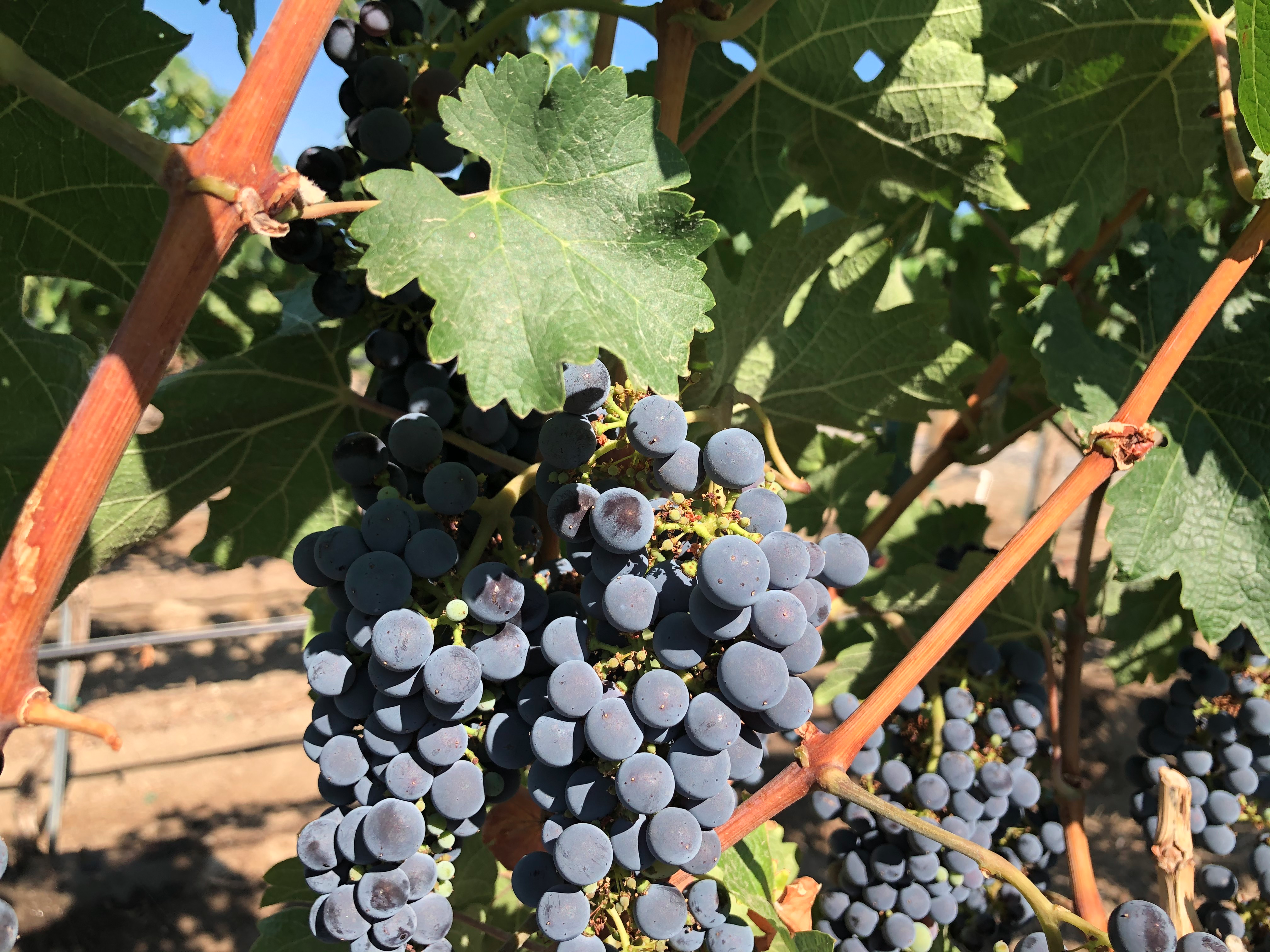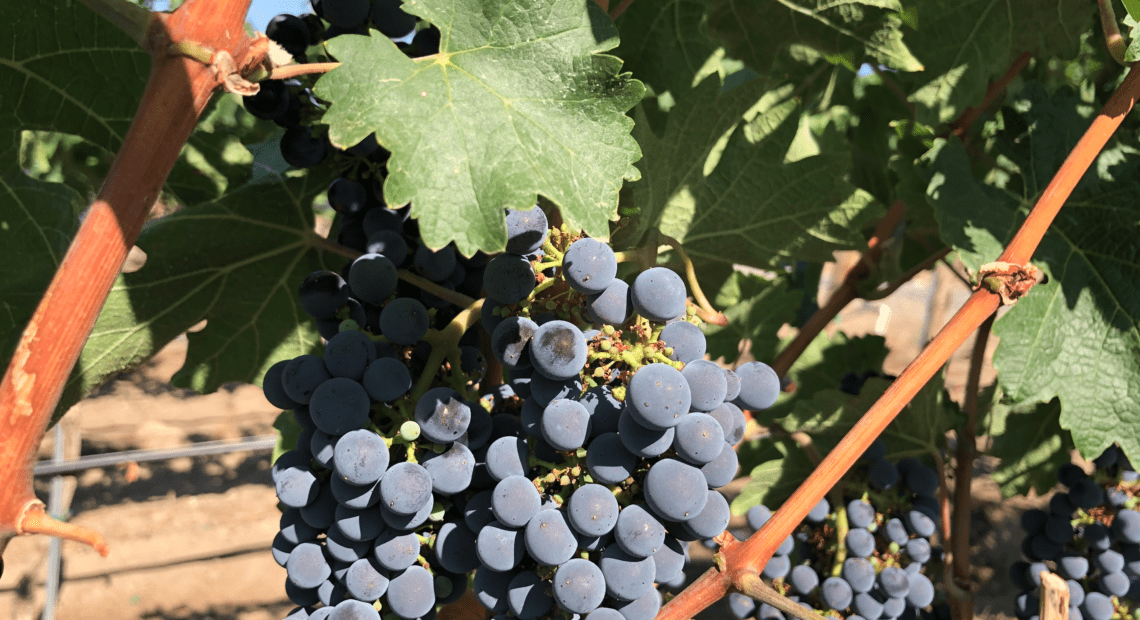
Too Flush Crush: COVID And Over Planting Mean Too Many Northwest Wine Grapes Hanging Out
LISTEN
Many Northwest wine tastings for groups are done over Zoom nowadays.
Here at Fidélitas in southeast Washington, winemaker and owner Charlie Hoppes explains some of his favorite flavors in a video for wine club members with his son:
“We always seem to get that little bit of dustiness in this wine, that we talk about from Red Mountain,” Hoppes says.
The sales generated from this video tasting with patrons is important. It’s one of the key ways wineries can reach their customers right now during the pandemic. Tasting rooms and restaurants have been closed. Events are canceled.
Beyond the dearth of traditional wine sales, there’s a surge of juice coming this harvest.
Across the Northwest, there are too many wine grapes and not enough demand. It started with an overly optimistic industry planting too much. Then came the coronavirus pandemic.
Now, vineyard managers and wineries are being forced to think creatively to cope with 2020’s bumper crop.
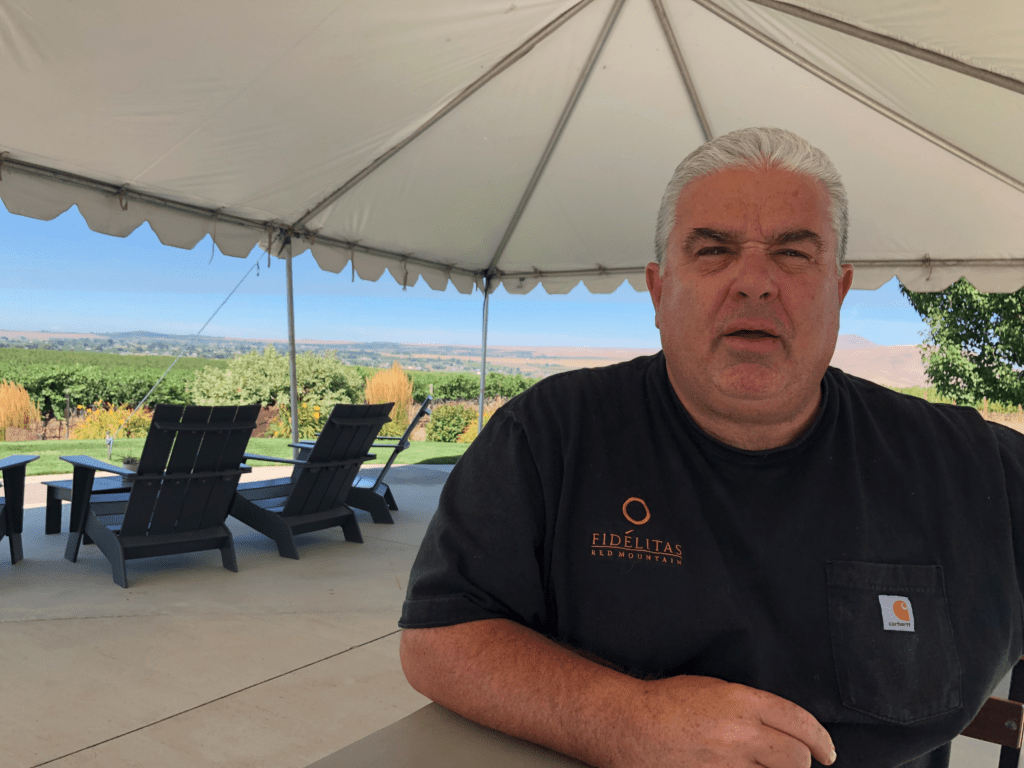
Charlie Hoppes sits under his outdoor tasting tent. He’s brought in new furniture so patrons can taste wines outdoors while maintaining social distance. He says some of the wineries he works for have decided not to make a 2020 vintage. CREDIT: Anna King/N3
“I can’t remember it ever being like this,” says Hoppes. “I think it’s going to take four or five years for a big correction to kind of happen.”
It’s so bad that several winemakers who work with Hoppes have told him they’re just skipping the 2020 vintage.
Drip, Drip
Just up the hill on Red Mountain, Dick Boushey inspects the drip irrigation at Longwinds Vineyard. The black tubing runs along the rows and precisely drops water at the base of each vine. The water makes tiny pools that reflect the morning light. The dripping water creates a tiny symphony of plinking.
Bouchey says the problem starts here with a glut of wine grapes.
“I’ve been farming for 40 years and I’ve seen this happen a few times,” Bouchey says. “Not this dramatic.”
Boushey grows some of the highest-valued grapes in the state: Red Mountain cabernet.
But several wineries that normally buy Boushey’s fruit have canceled their orders, leaving his valuable grapes hanging on the vine.
Boushey estimates there are nearly 10,000 surplus acres of grapes in Washington state.
“I always thought I was in a pretty secure place,” Bouchey says. “We sell to 50 different wineries. Well, all 50 are kind of struggling [now].”
Dropping Fruit
Even the biggest players are getting a bit crushed.
Ste. Michelle Wine Estates, based in Woodinville, Washington, is one of the country’s giant premium winemakers. The company owns about 3,900 acres across Washington, Oregon and California, and contracts about another 27,000 acres across those three states.
Kevin Corliss is Ste. Michelle’s VP of Vineyards. He says this year, the company actually paid its Washington growers to drop fruit on the ground.
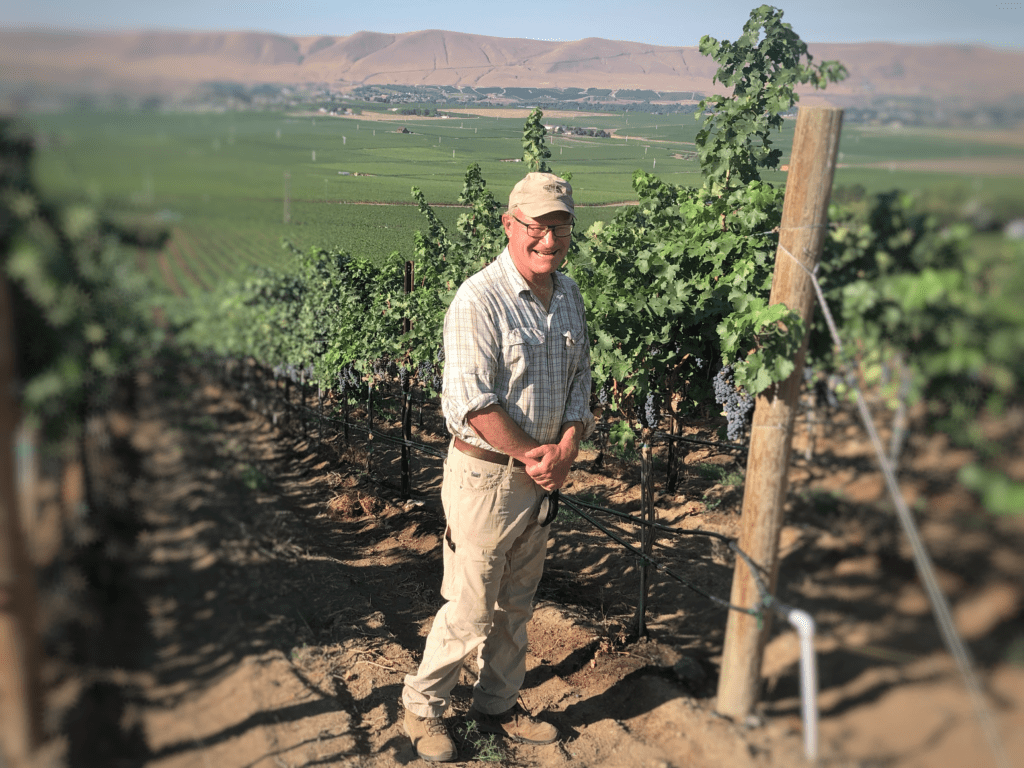
Dick Boushey inspects the drip irrigation at Longwinds Vineyard on Red Mountain in southeast Washington. CREDIT: Anna King/N3
“We had 100% of them respond by doing things that reduced their crop and enhanced the quality,” Corliss says.
At Long Shadows in Walla Walla, Gilles Nicault and his team are bottling a 2018 merlot. It’s a deafening rattle-and-clink cacophony that fills up the large winery. But there’s uncertainty about the 2020 vintage.
“What’s difficult is right now we don’t know how long COVID is going to be with us. I know that it’s there, and we have to react to it,” Nicault says.
Pinot Pickle
While much of the Northwest is awash in wine grapes, too much spring rain in Oregon has created the opposite problem: there’s a shortage of Willamette Valley’s famous pinot noir grapes.
Tom Danowski, president of the Oregon Wine Board, says most growers in Oregon are down some 5 to 20% in crop because of a cool June. That’s when grapes bloom and set their fruit. He says that natural thinning will help soften the effects of oversupply and the way COVID-19 has rattled the restaurant, resort and tasting room markets.
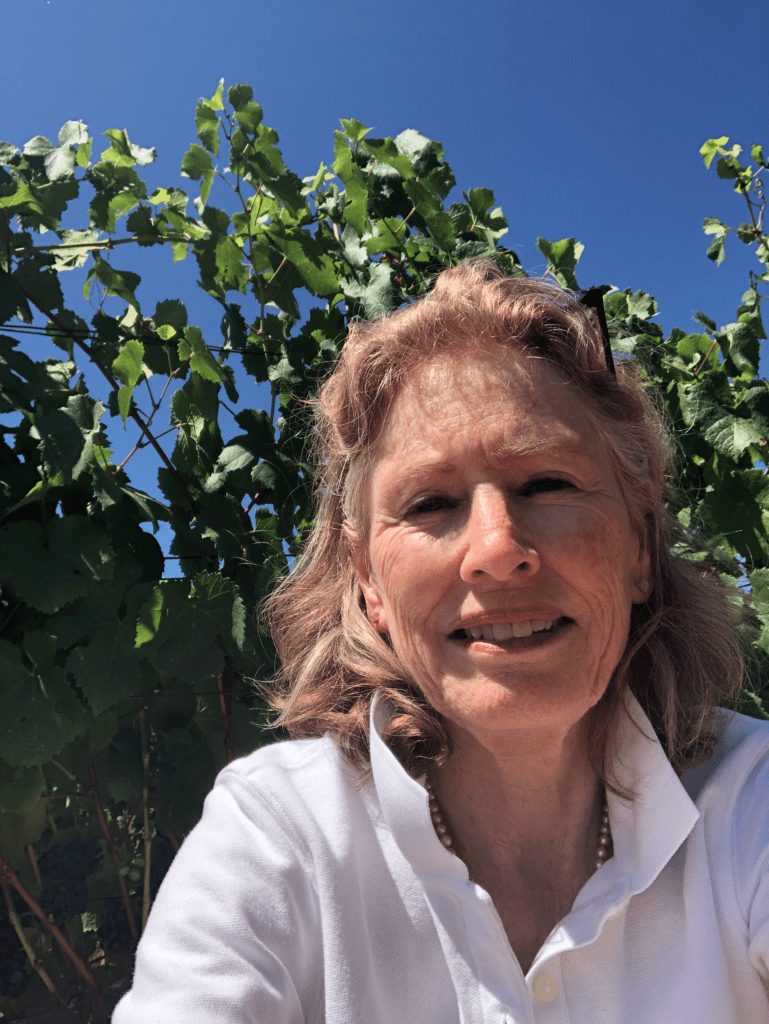
Eugenia Keegan heads Oregon’s Jackson Family Wines. She says a reduction of wine grapes due to a cool, rainy spring has meant the Willamette Valley doesn’t have enough pinot noir as usual. Courtesy of Eugenia Keegan
“In a market that is down from COVID, most people are not looking at a catastrophe, but there will be slightly more grape tonnage looking for a home this year,” Danowski says.
The latest Nielsen data suggests that wine sales in grocery stores are up over last year and that consumers are looking to buy increasing amounts of high-quality (or higher-priced) bottles.
But Michael Moore of Quail Run Vineyards, near Talent, Oregon, says smaller wineries selling mainly through tasting rooms are being incredibly hard hit.
“Most of the southern Oregon wineries are principally selling for their own tasting rooms. They don’t have distribution into grocery stores,” Moore says. “There is a stranglehold. Unless you are a large winery, distributors don’t really want to deal with you. The whole distribution system is set up to work with large wineries.”
As a result, Moore says the smaller wineries are hesitant to buy even their regular grapes this fall.
Eugenia Keegan heads Oregon’s Jackson Family Wines. She says having a lean harvest isn’t such a big problem given how COVID-19 is depressing sales.
“So this is a really lovely balancing of nature right here. I think we will be at a perfect equilibrium,” Keegan says.
The grape glut in much of the Northwest is forcing some wineries to think in terms of lower-price-point second labels — wines that consumers can drink soon after they’re made, instead of age in the barrel for three years.
And that may be a silver lining for wine lovers looking for pandemic deals. So consumers might watch for some bargain-priced, high-quality 2020 reds, rosés and whites.
Related Stories:
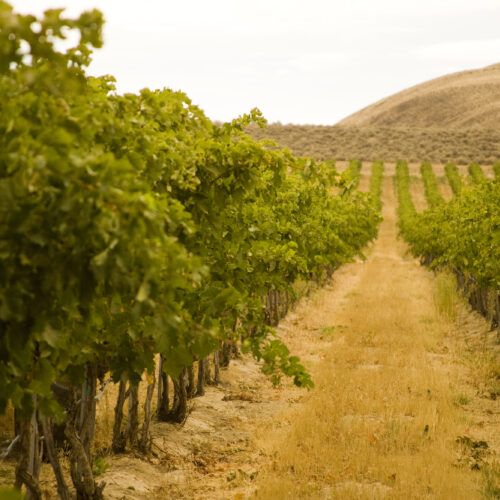
Northwest wine behemoth – Ste. Michelle Wine Estates – may be listing
Northwest wine industry leader, Ste. Michelle Wine Estates, dumps about 40 percent of its contracts with Washington growers. (Photo courtesy of Ste. Michelle Wine Estates.) Read The massive Northwest wine
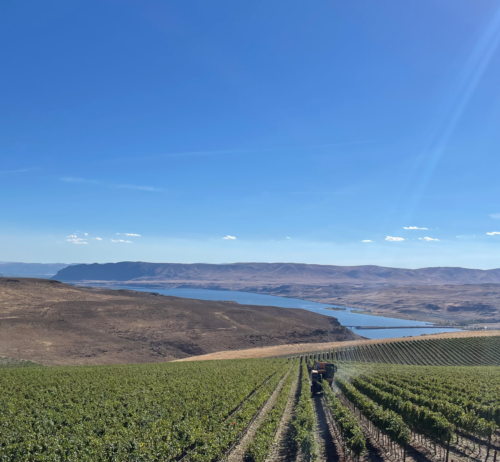
Washington Wine Grape Harvest Could Be “Biggest Yet”
The Washington wine grape harvest is underway. Pinot Noir grapes are being harvested near Vantage, WA. Listen (Runtime :56) Read This year’s wine grape harvest is about two or three
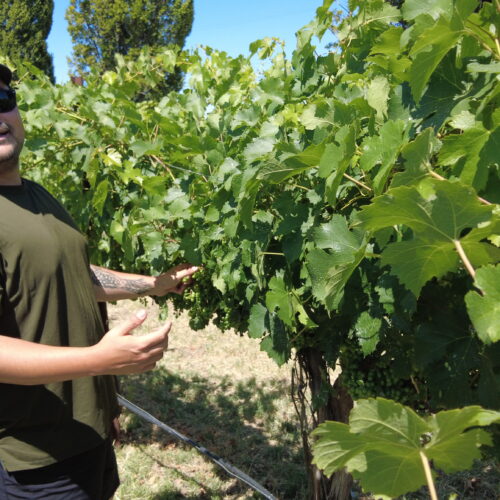
Washington Wine Industry: Breaking Ground
The multi-billion dollar wine industry in Washington state would not be what it is today without the field workers. The storytelling program Breaking Ground captures the stories about growers and winemakers and also the field workers.

